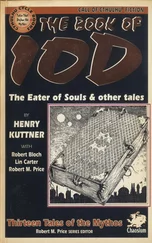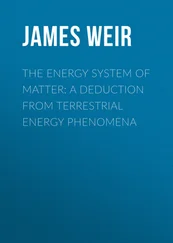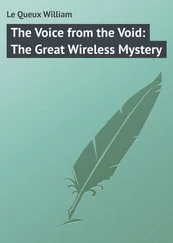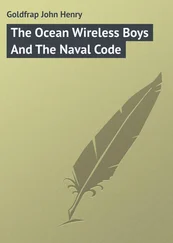In the next section, we review the main LPWA technologies and their evolution towards the next generation of mobile communications.
Our objective is to point out a few predominant technologies in specific industry verticals, discuss their pros and cons, and argue for harmonious and convergent coexistence in future wireless networks, while laying the path for the following chapters that delve into wireless energy transfer (WET) techniques, that even though general, have a mobile communication network as a backdrop. Moreover, we delve into massive IoT, we introduce key definitions, scenarios, and performance and value indicators, and we discuss about promising technologies and enablers. We close this chapter discussing the power problem that challenges massive IoT deployments, whose solutions we develop in the following chapters.
1.1 Selected Use-cases and Scenarios
There is a large variety of use-cases in many industries and societies. Herein we highlight a few, while in Chapter 2, we provide even more examples in the context of massive WET.
The number of potential applications is as massive as number of devices in massive IoT, with diverse requirements in cost, energy efficiency, coverage, performance (for instance, reliability, latency, throughput, capacity, to name a few), and security.
Many IoT devices, namely MTDs, send only a few messages on a given period, such as an hour, or a day or week, while others may send more frequent updates or need higher data rate, voice traffic, or security. Figure 1.3 provides some use-cases and applications of massive IoT.
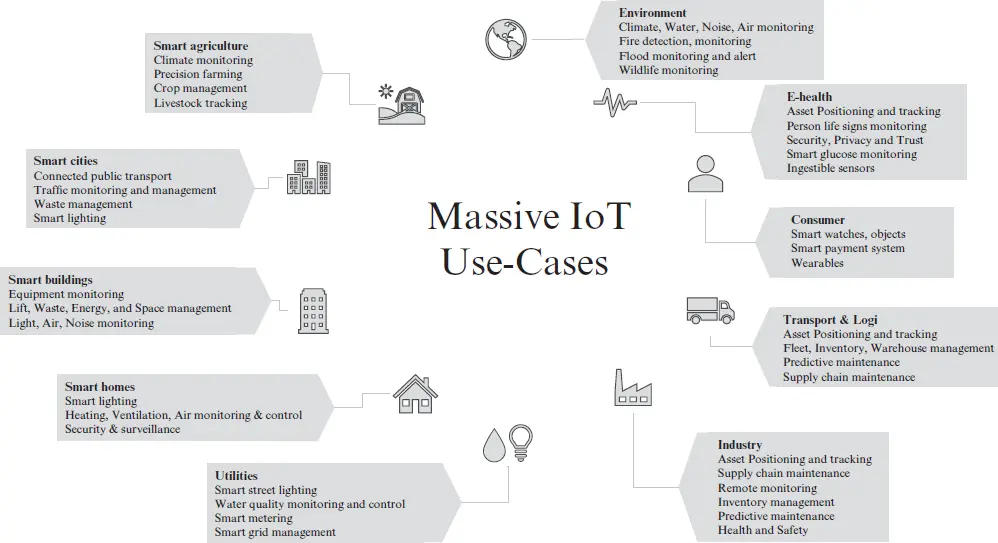
Figure 1.1 Illustrative massive IoT use-cases.
Smart metering, such as for electricity, water, or gas, is a successful example of massive IoT deployment. In this case, devices often require periodic updates on consumption readings to a remote server or cloud. Moreover, the smart meter can operate under alarm mode when an outage happens, and receive requests or commands remotely.
E-health life sign monitoring and wearables may require a minute or even second-level updates, which demand reliable connections and increase traffic over the network. In large medical facilities, positioning and tracking can be realized in real-time, facilitating resource management and improving efficient care. These cases need deep indoor coverage as the extensive facilities have many floors and underground corridors connecting different places.
Other applications in agriculture, transport, and industry may require voice commands and higher data rates. For instance, in smart agriculture, monitoring climate conditions and crop management is essential for precision farming since sensors gather information on climate conditions and humidity, leaf water potential, and other characteristics to monitor crop health. This data is collected and conveyed periodically, for example, hourly or daily. Some applications frequently upload images to a cloud (or remote server), which demands higher throughput.
LOng RAnge (LoRa).LoRa is a proprietary long-range, low-power communication technology that operates at sub-GHz unlicensed frequency bands, namely industrial, scientific, and medical (ISM) frequency bands. LoRa employs chirp spread spectrum and uses six practically orthogonal operational bands, denoted as spreading factors, which allow rate and range adaptation [11].
LoRa wide area network (LoRaWAN), regulated by LoRa Alliance [12], uses LoRa as its physical layer. LoRaWAN builds upon a star of stars topology where devices communicate in a single-hop with a gateway, which connects to a network server via standard IP protocol. The medium access control (MAC) is ALOHA-like. LoRa characteristics enable multiple devices to communicate simultaneously using different spreading factors, thus supporting 65536 connections per gateway [11].
LoRaWAN provides several configurations based on six distinct spreading factors and bandwidths, usually 125 kHz or 250 kHz for uplink, depending on regional regulation. The distinct spreading factor configuration allows symbol duration and transmission rate flexibility. For instance, higher spreading factors extend the symbol duration, thus increasing robustness with a lower rate. Such flexibility comes at the cost of increased time-on-air, yielding channel usage increase, thus leading to higher collision probability as extensively discussed in [13]. However, code replication [14], superposition [15], adaptive data rate [16, 17] are techniques that help mitigate these effects. Since the technology operates in the ISM band, it is vulnerable to interference from neighboring deployments and other technologies impacting the performance [18].
Unlike other proprietary solutions, LoRa is open, with a relatively vast amount of information about its operation, thus being one reason for its popularity in many communities, particularly the academic community. Many research works in a broad range of topics (propagation measurements, network performance, and characterization, simulators, among others) in recent years. See, for instance, [13-20] for a comprehensive survey of the recent advances.
SigFox.This technology operates in a star topology, and devices connect to any base station (BS) in range using ultra narrowband signals of 100 Hz in ISM frequency bands. The signal carries a 12-byte payload and travels two seconds over the air, with a fixed data rate of 100 or 600 bits/s using D-BPSK modulation. These characteristics enable reduced energy consumption and broad coverage [21]. Unlike LoRa, much less information is available about SigFox. Only a few works are analyzing the technology, for instance [22-24].
Long Term Evolution for Machines (LTE-M).The mobile communications industry has an ever-growing interest in the IoT and has coined the term MTC leading to new services.
MTC operation mode was introduced in Release 12 (namely LTE category 0 (Cat 0)) to support communication via carrier network in a cost-effective and power efficient way compared to the legacy network. Thus, LTE Cat 0 constitutes a preliminary attempt to somewhat support IoT connectivity, and comprises a low complexity machine-oriented specification but with standard control information under full carrier bandwidth. Enhanced MTC, introduced in Release 13 (Cat M1), mitigates this issue, reducing spectral and energy wastage.
Later releases continued the enhancements and that led to improvements in coverage, latency, battery life, and capacity 2with the changes in bandwidths (from 1.4 MHz in Cat 0 to 5 MHz in the evolution), and half-duplex operation, and features such as power saving mode (PSM) and extended discontinuous reception (eDRX) [9, 25].
Besides global coverage, LTE-M supports high data rates, real-time traffic, mobility and voice, which in turn makes this technology versatile, unlike other technologies discussed so far, although at cost of complex architecture and costly transceiver.
Narrowband-IoT (NB-IoT).NB-IoT inherits many of its features from LTE, and as its name suggests, it focuses on narrowband signals that occupy 180 kHz bandwidth, which corresponds to one resource block in the legacy LTE system. NB-IoT design is leaner than its counterpart, LTE-M, to match the requirements of many battery-constrained IoT applications. Therefore, it offers good indoor coverage, support to massive connectivity, low power consumption and optimized network architectures (also a characteristic in LTE-M), while operating under licensed spectrum [9, 28]. These two cellular technologies differ vastly by their target.
Читать дальше


